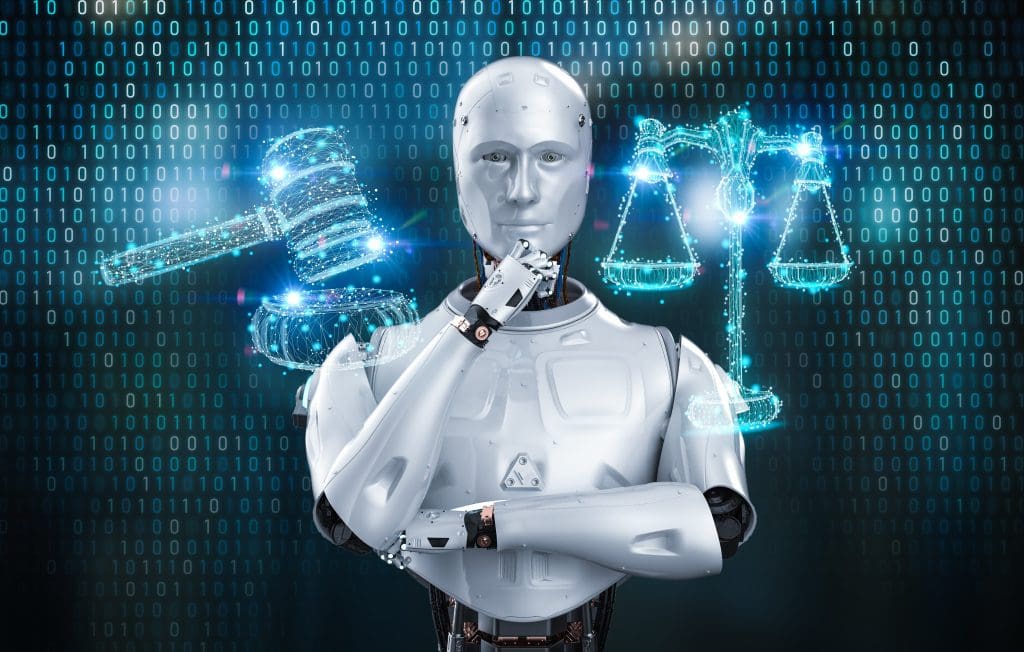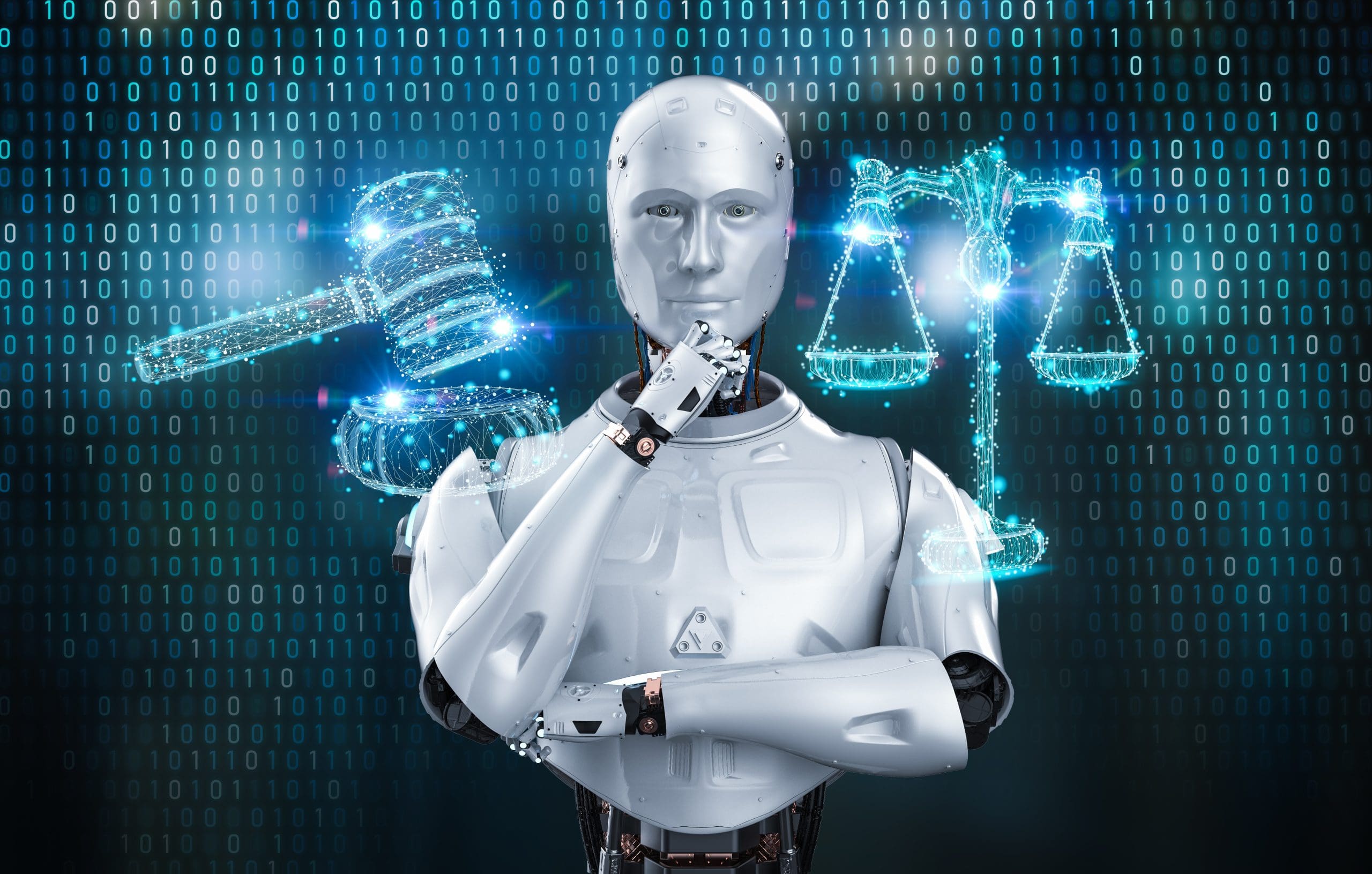Posted by : ZeroRisk Cases Marketing
Introduction To AI Errors And Mass Tort Claims
The intersection of artificial intelligence (AI) and the law is a rapidly evolving area, particularly concerning the legal implications of AI errors. As AI systems are increasingly deployed across various sectors—including healthcare, finance, transportation, and more—the potential for these systems to cause harm or losses to large groups of individuals simultaneously becomes more apparent. This situation sets the stage for mass tort claims, a legal mechanism designed to address situations where wrongful actions or negligence by an entity cause widespread harm to many individuals.

Mass tort claims in the context of AI errors present unique and complex challenges. The complexity arises from attributing liability in scenarios where autonomous systems make decisions that lead to adverse outcomes. Unlike traditional tort cases that involve a clear human error or negligence, AI-driven incidents often raise questions about who is responsible—the developers, the users, or even the algorithms themselves. Furthermore, understanding how these errors occurred necessitates a deep dive into technical intricacies that most legal professionals are not accustomed to dealing with.
This emerging landscape urgently requires reevaluating existing legal frameworks and potentially creating new laws specifically tailored to address the nuances of AI technology and its propensity for large-scale impact.
Understanding The Legal Implications Of AI Errors
Understanding the legal implications of AI errors is pivotal as we navigate an era in which artificial intelligence (AI) increasingly influences various sectors. When AI systems malfunction or produce unintended outcomes, determining liability and accountability becomes complex, challenging traditional legal frameworks. Unlike human error, which generally falls within established negligence principles, AI errors introduce ambiguity concerning fault and responsibility.
The legal implications are multifaceted. Firstly, establishing the cause of an AI error requires dissecting layers of software codes and decision-making algorithms, often proprietary to developers and thus not easily accessible for scrutiny. Secondly, determining liability involves unraveling whether the fault lies with the AI developer for possible negligence in design or testing, the user for potentially misusing the technology or even a third party that may have interacted with the AI system.
Furthermore, as AI systems learn and evolve from their programming and data input over time, pinpointing when the error originated becomes another hurdle. This evolution raises questions about foreseeability and preventability, key elements in assessing negligence claims.
In sum, understanding these legal implications demands a reevaluation of traditional tort principles to accommodate the unique challenges presented by AI technologies. Addressing these complexities requires a collaborative effort among legal experts, technologists, and policymakers to develop frameworks that ensure accountability while fostering innovation.
The Role Of Technology In Mass Tort Claims
The role of technology, particularly artificial intelligence (AI), in shaping mass tort claims is increasingly significant. As AI systems become more integral to a wide array of products and services, from autonomous vehicles to healthcare diagnostics tools, their potential for error introduces complex legal considerations. These technological advancements have the dual effect of complicating and streamlining mass tort litigation.
On one hand, AI can complicate mass tort claims by introducing novel legal questions about liability and responsibility. Determining fault when an AI system fails requires navigating uncharted legal territory, where traditional concepts of negligence may not readily apply. Questions about who is responsible—the developer of the AI, the manufacturer of the device it powers, or even the end-user—add layers of complexity to these cases.
Conversely, technology also assists in managing mass tort claims by providing sophisticated tools for data analysis and evidence gathering. For instance, algorithms can sift through vast amounts of data to identify patterns or anomalies that support a claim. Moreover, digital platforms facilitate the organization and coordination of large groups of plaintiffs spread across different jurisdictions.
Therefore, while technology introduces new challenges in attributing liability in mass tort cases involving AI errors, it equips legal practitioners with powerful tools to address these complexities effectively.
Examining Liability In AI-Related Product Liability Cases
In the intricate landscape of artificial intelligence (AI), where algorithms and machine learning systems increasingly make decisions affecting human lives, the question of liability in AI-related product liability cases becomes paramount. Traditional legal frameworks for product liability, grounded in notions of negligence, design defect, or failure to warn, face novel challenges when applied to AI. Determining responsibility for an AI error necessitates a deeper examination of the roles played by various actors in the lifecycle of an AI system, including developers, manufacturers, and end-users.
At the heart of these challenges is the opaque nature of many AI systems. The “black box” problem—wherein the decision-making process of an AI system is not transparent—complicates attributing fault for errors. Consequently, courts and legal scholars are grappling with how to apply concepts such as foreseeability and reasonableness to entities that learn and evolve autonomously.
Moreover, as AI integrates more deeply into products and services across all sectors, from healthcare to transportation, determining whether an error stems from a design flaw, a manufacturing issue, or misuse by the operator requires a nuanced understanding of both technology and law. In response to these complexities, some jurisdictions are considering new legal frameworks or adaptations of existing laws to better address liability in AI-related product cases.
Proving Fault: Challenges In Holding AI Responsible For Errors
Proving fault in the context of AI errors presents a labyrinthine challenge, particularly when attempting to hold artificial intelligence accountable within the framework of mass tort claims. The inherent complexity of AI systems, characterized by layers of algorithms and data inputs, obscures the line between a mere operational failure and an actionable fault. Traditional legal doctrines are built around negligence or intentional wrongdoing by identifiable actors, yet AI’s autonomous decision-making complicates this paradigm.
The question of who is ultimately responsible—the developer, the user, or the AI—remains contentious. Developers may argue that unforeseen errors in complex environments are not directly attributable to their coding or design choices. On the other hand, users might contend their reliance on AI was based on reasonable expectations set by developers or vendors. Furthermore, the dynamic learning capabilities of AI mean it can evolve in unpredictable ways post-deployment, further muddying responsibility.
This complex web of causation and accountability challenges requires legal systems to adapt and raises philosophical questions about agency and culpability in an increasingly automated world.
Legal Precedents And Case Studies Involving AI Errors
The evolving landscape of artificial intelligence (AI) has ushered in a new wave of legal challenges, particularly concerning AI errors and their implications. Legal precedents and case studies involving AI errors are sparse but illuminating, offering a glimpse into how courts are beginning to navigate these uncharted waters. A notable case that sheds light on this issue involved a self-driving car company whose vehicle was in a fatal accident.
Another significant case study comes from the healthcare sector, where an AI system designed to diagnose patients misdiagnosed several cases, leading to wrongful treatments. The ensuing lawsuits highlighted the complexities of assigning liability for AI errors, focusing on whether the fault lay with the developers, the healthcare providers who used the system, or an inherent risk in relying on AI for critical decisions.
These examples underscore the legal intricacies surrounding AI errors. As courts grapple with these issues, they must consider not only traditional concepts of negligence and liability but also how these principles apply to AI systems’ autonomous decision-making capabilities. These evolving legal frameworks will ultimately shape how responsibility is assigned in incidents involving AI errors, influencing both future technology development and regulatory policies.
Strategies For Defending Against Mass Tort Claims Involving AI Technology
In the evolving landscape of artificial intelligence (AI), defending against mass tort claims presents unique challenges. The key to this defense is a multifaceted strategy that emphasizes the complexity and shared responsibility of AI development and deployment. Firstly, demonstrating rigorous adherence to existing AI technology standards and regulations is paramount. Companies must show that they have complied with these frameworks and are actively engaged in identifying and mitigating potential risks associated with their AI systems.
Furthermore, elucidating the role of user interaction with AI technology is crucial. This involves clarifying the boundaries of AI functionality and the extent to which user input or misuse could contribute to unintended outcomes. By establishing clear guidelines for use and issuing warnings about possible errors, companies can strengthen their position by arguing that they took reasonable steps to prevent harm.
Another significant aspect involves transparency around AI decision-making processes. Providing detailed documentation on how AI systems make decisions can help demonstrate that these technologies operate within expected parameters, thereby mitigating allegations of negligence or fault.
Lastly, engaging in proactive communication and remediation efforts upon identifying potential issues can further demonstrate a company’s commitment to safety and responsibility, potentially averting litigation or minimizing its impact.
Conclusion: Navigating The Complexities Of AI Errors And Legal Responsibility
Navigating the complexities of AI errors and legal responsibility presents a dynamic and evolving challenge as technology outpaces traditional accountability frameworks. The emergence of mass tort Claims in the context of AI missteps underscores the pressing need for a nuanced understanding of legal doctrines and their application to innovative technologies. As we delve deeper into this uncharted territory, it becomes imperative to balance technological advancement with ethical considerations and consumer protection.
The future landscape demands a collaborative approach involving lawmakers, technologists, and legal professionals to construct robust regulatory mechanisms that are adaptable yet precise in attributing liability. This collaboration is crucial for developing standards that can effectively address the multifaceted nature of AI errors without stifling innovation.
Moreover, fostering an environment that encourages transparency and accountability in AI development will be key to mitigating risks and ensuring that when errors occur, they can be rectified within a fair legal framework. As we continue to explore the potentialities and pitfalls of artificial intelligence, our legal systems must evolve concurrently, ensuring justice remains accessible in an increasingly automated world.
For a more detailed look at how the ZeroRisk Compliance Plus Program™ can revolutionize your firm’s mass tort case acquisition and lead generation practices, visit us at https://www.zeroriskcases.com.
https://calendly.com/zeroriskcases
CALL 833-937-6747 OR USE OUR REQUEST A QUOTE FORM.
Edward Lott, Ph.D., M.B.A.
ZeroRisk Cases®
Call 833-ZERORISK (833-937-6747) x5


Recent Posts
- Valsartan Lawsuits Update 2024
- PFAS Litigation Update September 2024
- Latest Developments In Zantac Lawsuit
- EPA Cracks Down On Polyfluoroalkyl Substances PFAS
Categories
- Camp Lejeune
- Client Acquistion
- Client Financing
- Company Business
- Daily Dose of Law
- Digital Display Advertising
- Google Maps Ranking
- Human Trafficking
- Law Firm Info
- Lead Generation
- Litigation Funding
- Mass Tort News
- Mass Tort Signed Cases
- Personal Injury Leads
- Sex Abuse Cases
Archives
- September 2024
- July 2024
- June 2024
- May 2024
- April 2024
- February 2024
- January 2024
- December 2023
- November 2023
- October 2023
- September 2023
- August 2023
- July 2023
- January 2023
- December 2022
- November 2022
- October 2022
- September 2022
- August 2022
- June 2022
- May 2022
- April 2022
- March 2022
- February 2022
- January 2022
- December 2021
- November 2021
- October 2021